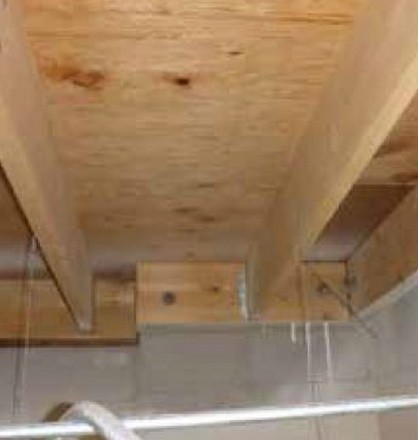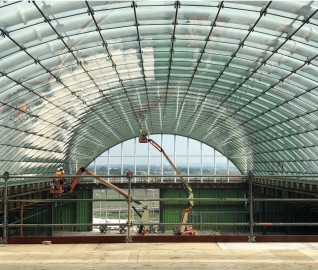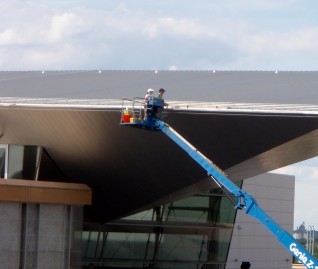
Since its inception in 2003, the International Existing Building Code (IEBC) has contained a provision that triggers the evaluation and possible retrofit of roof diaphragms when certain buildings are reroofed. This provision has gradually evolved within the Work Area Method, unnoticed by some practitioners and readily avoided by others by reverting to the International Building Code (IBC) Chapter 34, Existing Buildings and Structures, or by using the Prescriptive or Performance Methods within the IEBC. However, Chapter 34 was eliminated from the 2015 IBC and the subject provision metastasized into the Prescriptive Method in the name of consistency. So today, engineers, architects, and owners are forced to contend with it (except in the narrow instances where the Performance Method is applicable) and, for those affected, the consequences can be unduly burdensome.
This article recounts the origin and evolution of the provision since its introduction in 2003, discusses fundamental flaws in its requirements, and argues for the limitation of its applicability to either: 1) repairs that can be made to correct visible deterioration and/or deficiencies that are readily observed and remedied in the normal course of a roof replacement, or 2) specific geographic regions or building types known to have extraordinary roof diaphragm vulnerabilities.
In this article, roofing experts Jerry Maly and Dale Statler discuss the evaluation and possible retrofit of roof diaphragms when certain buildings are reroofed.
This article was originally published in the March 2020 issue of STRUCTURE magazine, exclusively published for the practicing structural engineer.
RELATED INFORMATION
-
 WJE analyzes fire hazards, evaluates risks, and develops project-specific code compliance... MORE >Services | Building and Fire Code Consulting
WJE analyzes fire hazards, evaluates risks, and develops project-specific code compliance... MORE >Services | Building and Fire Code Consulting -
 Dale E. Statler, Senior AssociateWJE Denver MORE >People | Dale E. Statler, Senior Associate
Dale E. Statler, Senior AssociateWJE Denver MORE >People | Dale E. Statler, Senior Associate -
 WJE's roofing and waterproofing consultants have reviewed thousands of system failures and... MORE >Services | Roofing and Waterproofing
WJE's roofing and waterproofing consultants have reviewed thousands of system failures and... MORE >Services | Roofing and Waterproofing -
 Learn about our Denver office MORE >Offices | Denver
Learn about our Denver office MORE >Offices | Denver



































